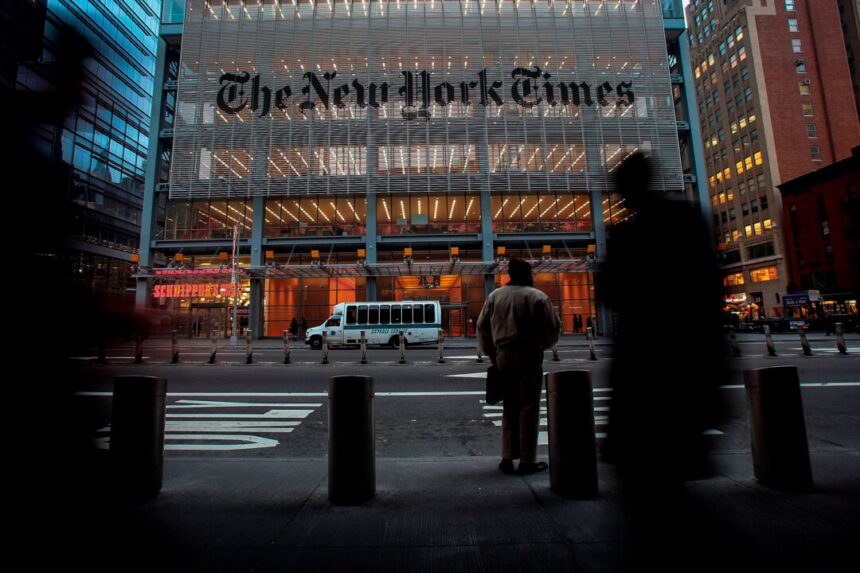The article reveals that The New York Times is set to publish another critical piece on Shen Yun, a New York-based performing arts company, and the spiritual practice Falun Gong. This aligns with the tactics of the Chinese Communist Party (CCP), which has long targeted Shen Yun due to its mission of reviving traditional Chinese culture and its ties to Falun Gong practitioners who face persecution in China.
The CCP has used various tactics to suppress Falun Gong globally, including physical attacks, diplomatic pressure, and influencing Western media. The New York Times’ recent coverage of Shen Yun and Falun Gong echoes these efforts and coincides with a new CCP strategy aimed at escalating persecution overseas.
A Chinese-American man linked to the initiation of The New York Times’ coverage against Falun Gong was recently arrested for possessing illegal firearms. He admitted to facilitating interviews for the hit piece and expressed a desire to see Shen Yun’s managers imprisoned.
The newspaper denies any influence from the CCP in its reporting, but the similarities between its coverage and CCP objectives are striking. The CCP has a comprehensive global strategy against Falun Gong, using Chinese agents to further its goals, posing a concern for the United States.
Furthermore, The New York Times’ latest attack on Shen Yun involves misrepresenting the company’s program involving students from Fei Tian College and Fei Tian Academy of the Arts. The Times appears to create a false narrative of child labor issues by conflating professional staff with student performers, despite the program being legal, transparent, and beneficial for aspiring artists. Many students join the schools specifically for the opportunity to perform with Shen Yun, which is crucial for their development as young artists. The same principle applies to the Shen Yun stage as well. George Hong categorically denied any affiliation with the Chinese Communist Party or United Front entities, calling such accusations false and defamatory. He clarified that he was not involved in The New York Times’s coverage of Shen Yun. However, he did not address inquiries about the inconsistencies between his statements and publicly available information about his background.
The Chinese regime views Shen Yun as a threat due to its portrayal of traditional Chinese culture devoid of communist influence. As the performance has gained popularity worldwide, the CCP has escalated its efforts to suppress it. Some experts believe that Shen Yun’s depiction of a China free from communist ideology challenges the regime’s narrative.
Notably, Shen Yun includes pieces that shed light on the persecution of Falun Gong, highlighting the CCP’s human rights abuses. This issue has been described as a litmus test for one’s stance on the CCP. While media outlets like The New York Times may criticize certain aspects of the regime, they are cautious when it comes to Falun Gong to avoid offending the CCP.
The CCP considers Dragon Springs, Shen Yun’s campus in upstate New York, as a focal point for Falun Gong activities aimed at combating persecution. Documents obtained by The Epoch Times reveal the regime’s efforts to suppress Falun Gong through various means, including influencing foreign media and co-opting individuals in key industries.
It is important to note that the opinions expressed in this article are solely those of the author and do not necessarily reflect the views of The Epoch Times. Please rewrite the following sentence to improve clarity:
Original: The company’s profits have increased due to the implementation of cost-saving measures.
Rewritten: The company has seen a rise in profits as a result of cost-saving measures being implemented. Can you please rewrite this sentence?
Source link






